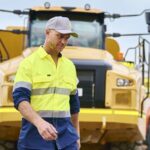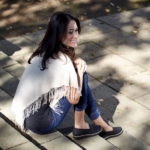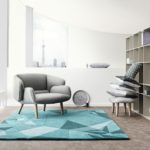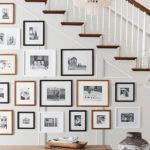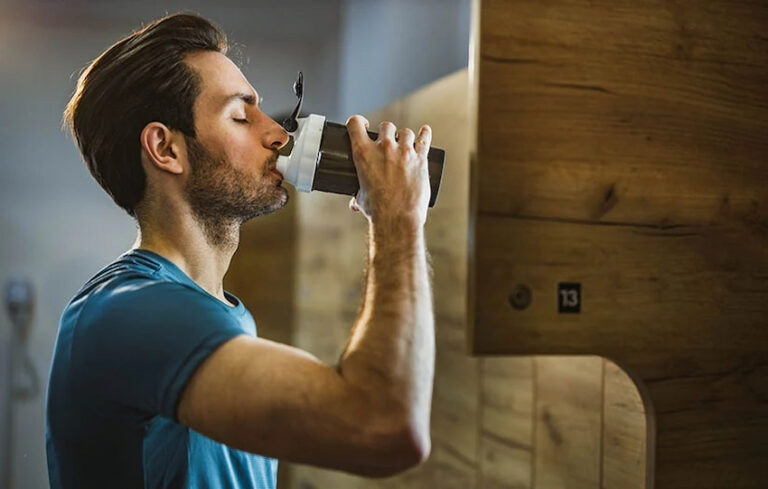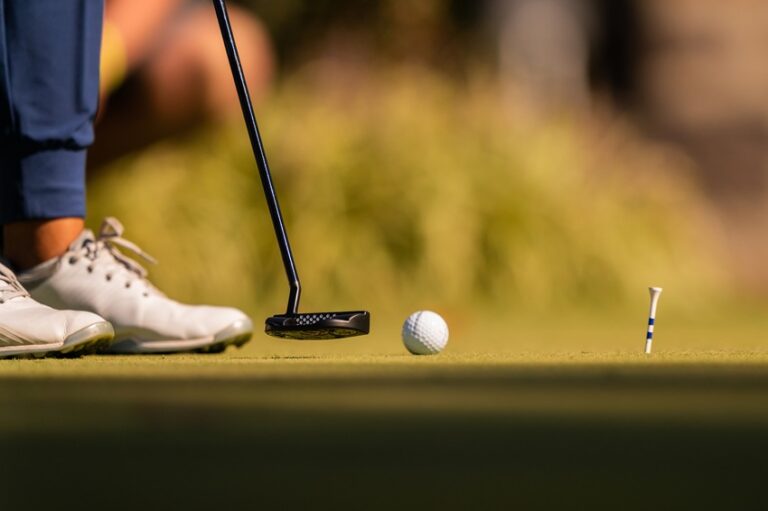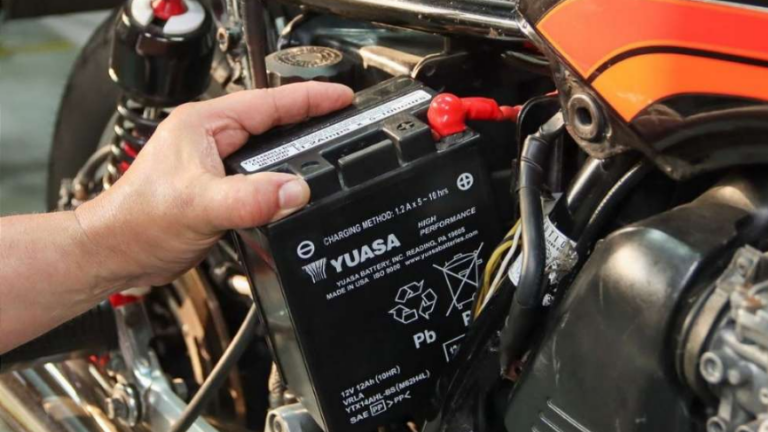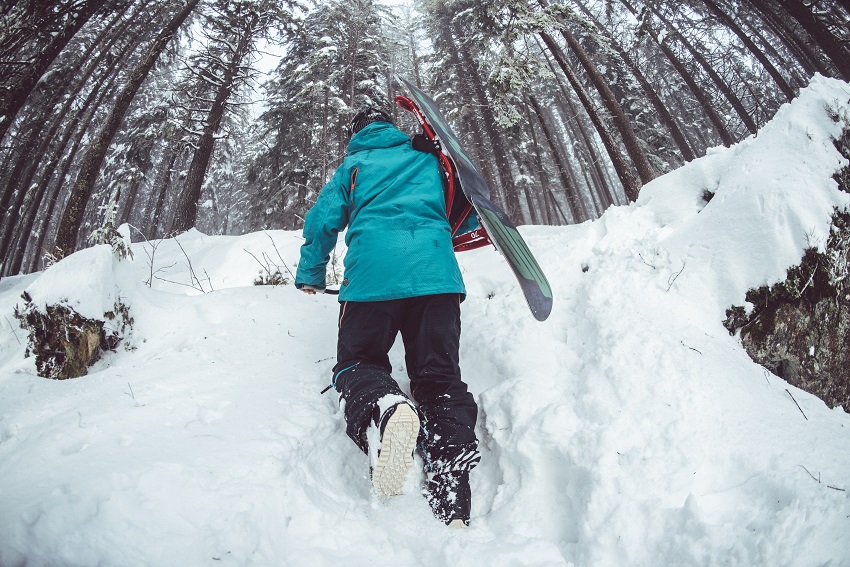
Although their names sound similar, freeride and freestyle snowboards are quite different. It is not a matter of which board is better, but rather which style suits you better. If we were to oversimplify their styles of riding, we can say that freeride boards are used to ride natural and unexplored terrains, whereas freestyle snowboards are more suited for man-made terrains and are most commonly used to perform tricks. However, before investing in one, it is important that you consider their specific features.
Flex
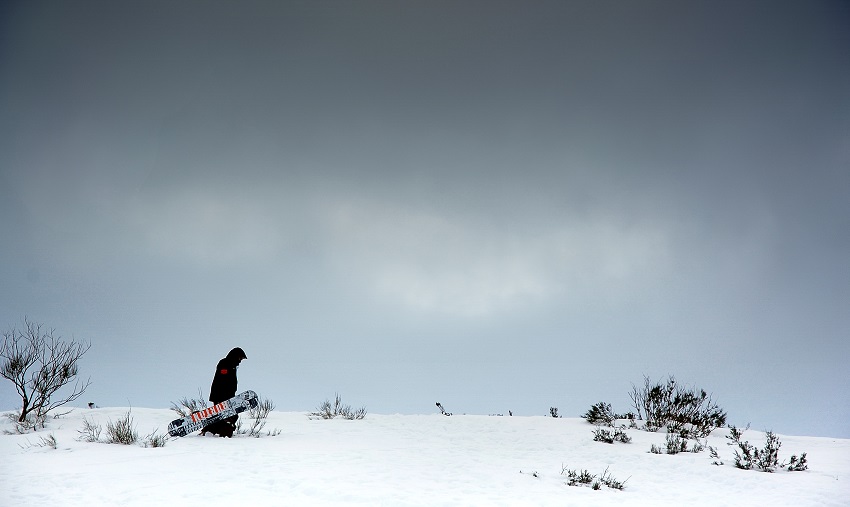
- Freeride – these boards don’t have a lot of flex, in fact, they are some of the stiffest boards out there. On a scale of 1 to 10, 10 being the stiffest, they are a solid 7. The reason why they are not flexible is that they are designed for mountain terrains and unexplored slopes where you might end up hitting some hard and icy patches. Boards that don’t have a lot of flex are easier to maneuver and respond quickly to your movements. This is very important when you are going down unfamiliar terrain and you need to navigate through trees and make quick and precise turns. Stiffer boards are also more stable and can allow you to go faster without losing control.
- Freestyle – Freestyle snowboards, on the other hand, are much more flexible. On a scale of 1 – 10, they range from the softest 1 to 4. 1 and 2 are rear and are typically seen in the realm of street/jib boards. A medium flex on these boards is perfect for riders who enjoy riding the pipe. The reason why they are so flexible is that freestyle snowboards are designed for performing tricks. A greater flex means easier jumps and softer landings. When you are coming down from a great height – the board will flex, absorbing most of the shock and allowing you to land smoothly and not lose your balance.
Shape
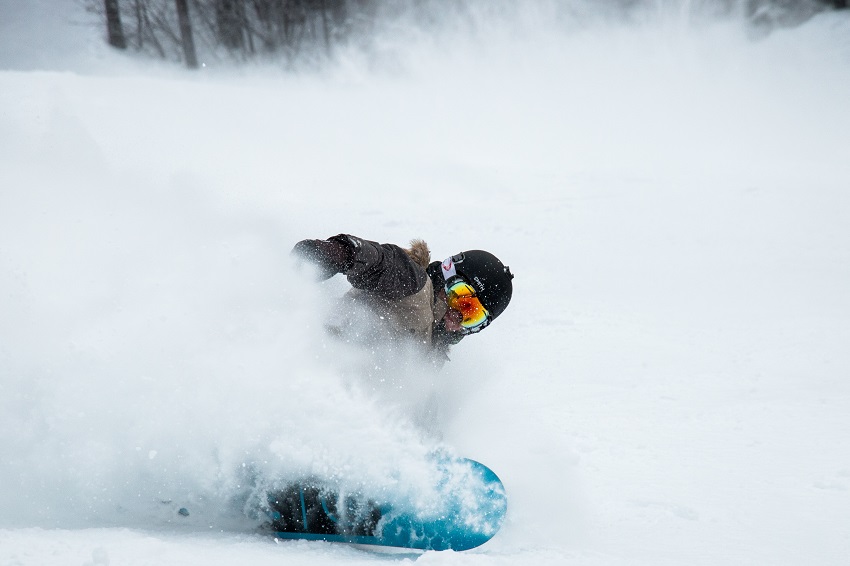
- Freeride – The free-rider has a slightly tapered tail. This is done so the board has better forward-directed momentum – the tail is shorter giving the board a bit more front lift allowing the snow to be easily pushed down and under. This makes the board easy to ride in deep snow, ice and other unstable terrains. The tail is also stiffer and narrower – this means you will have much better control with your back leg.
- Freestyle – Unlike freeride, freestyle snowboards are balanced, which means they are identical in their shape on both sides, in their flex, thickness, etc. The reason why they are designed that way is stability. A board that is the same on both sides in every aspect won’t pull or lean towards a certain direction. The balanced design is what allows you to perform tricks and aerial maneuvers and quickly find the balancing point and land safely.
Setback
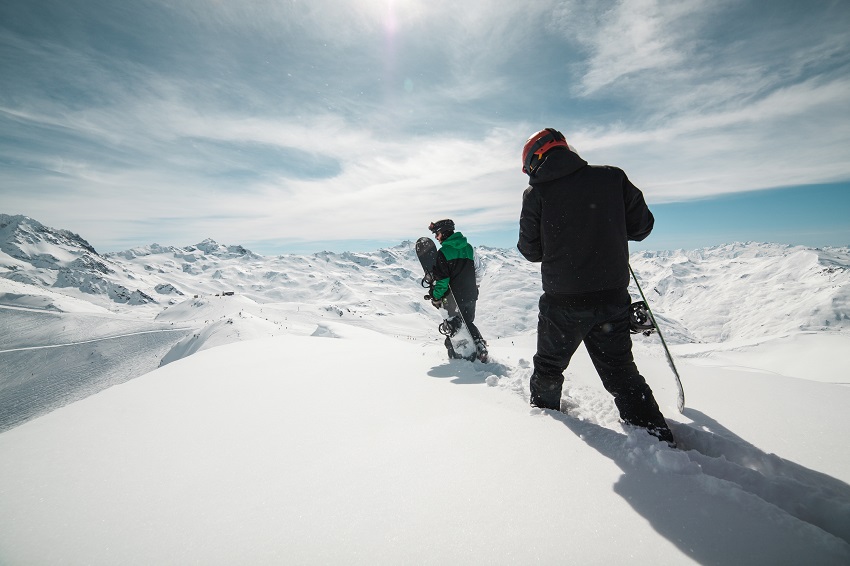
- Freeride – Freeride boards have a fairly set back stance, about 20mm, and sometimes more. Apart from the board being slightly shorter at the end, the set back stance allows you to push down with your back foot lifting the nose even easier, which gives your board a nice glide through the snow. Some directional boards have an even further set back stance, like powder boards, but freerides keep it to a minimum.
- Freestyle – As we mentioned before, a freestyle snowboard is symmetrical in order to achieve balance. This means there is no setback on it, both of your feet need to be equally separated from the centre of the board so you can keep your balance. The symmetrical board won’t mean a thing if your feet are not placed on the balance point. So basically, all freestyle boards are perfectly centered so they can keep their balance and be used for the riding ( performing tricks) that they are intended for.
Base
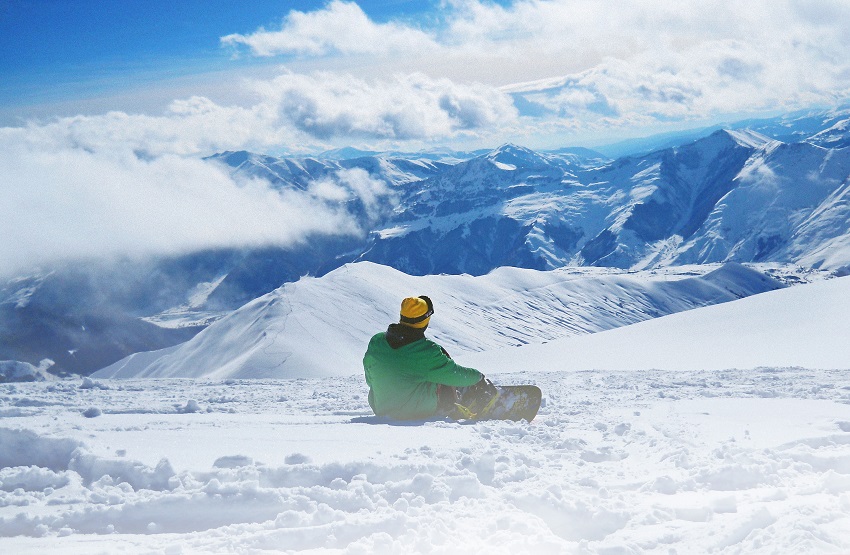
- Freeride – Almost all of these snowboards have a sintered base. Since they are designed to be ridden through snow and rough terrain, they need to be able to glide as smoothly as possible. The sintered base performs well even on icy snow, and if you have enough momentum it will be easier to overcome some slight uphill climbs with it. Sintered bases are not exclusive to freeride snowboards and are present in nearly all directionally designed boards for extra momentum.
- Freestyle – Some freestyle boards do have sintered bases, however, they are highly unnecessary for the type of riding they are intended for. A sintered base means more speed and momentum, which is not exactly needed in a board intended for performing tricks. Most snowboarders like to have more control when approaching a rail or box that they wish to ride, a sintered base may throw them off balance and just make the overall riding unstable.


